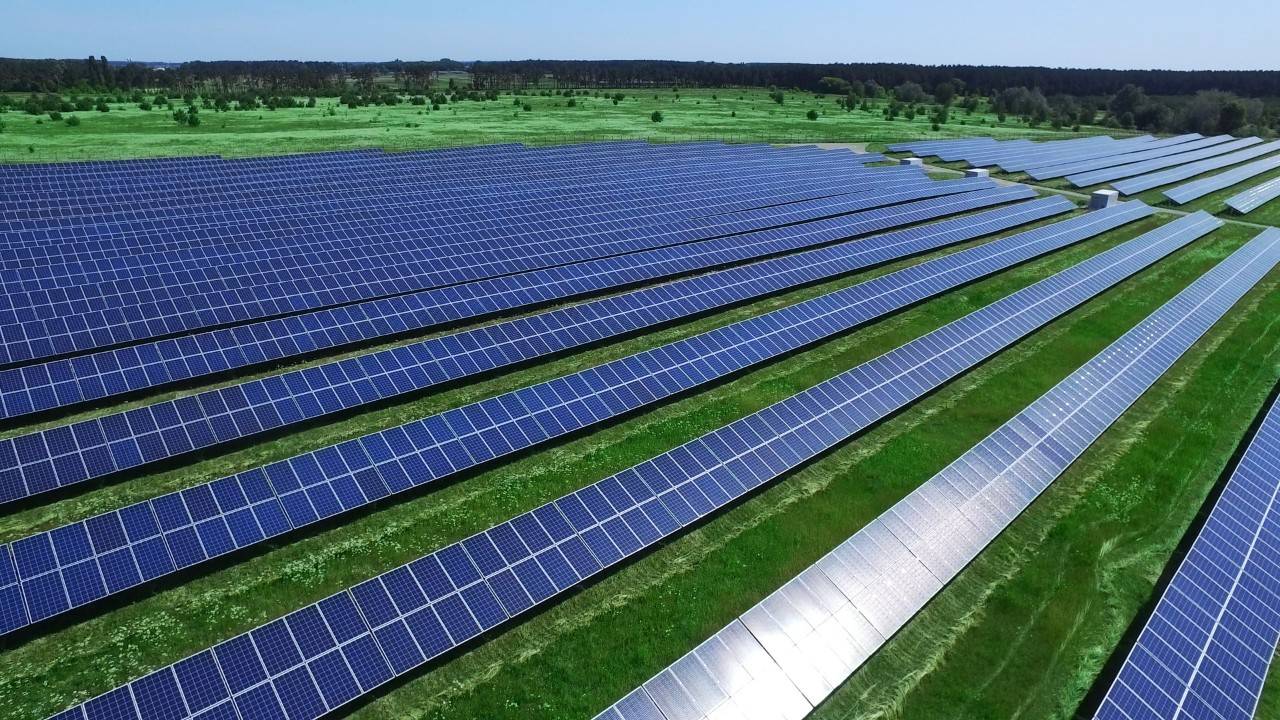In a bid to address the unpredictable nature of hydropower and meet the rising electricity demands, Cambodia is pivoting its focus towards ramping up solar projects and importing electricity from neighboring nations. This move comes as a response to the increasing disruptions in hydropower output due to weather irregularities.
The Southeast Asian nation, which relies on hydropower for nearly half its annual electricity consumption, faces challenges stemming from the sector’s inconsistencies.
With the continent witnessing its steepest decline in hydropower production in several decades, there’s an inevitable shift toward fossil fuels.
Speaking at the Singapore International Energy Week, Cambodian Energy Minister Keo Rottanak shared with Reuters, “We are going to fall heavily on solar and some wind to supplement what hydro can offer. We want to leverage that with the interconnection from Vietnam, Laos.”
Over the past twenty years, Cambodia has harnessed its hydropower capabilities, differentiating itself from other medium-sized Asian nations like Malaysia and Vietnam. These countries have generally leaned into coal or natural gas to fulfill their power requirements.
Minister Keo Rottanak further highlighted the vulnerability of relying solely on hydropower, stating, “Hydro has a role to play, but hydro can be subject to climate change or global warming. Our policy is to put intermittent renewable energy, basically solar predominantly, to the maximum level the grid can sustain.”
However, Cambodia doesn’t envision moving away from hydropower entirely. In fact, the country has plans to continue its emphasis on this energy source through new pumped hydro projects. An announcement is on the horizon regarding a significant 1,000 MW pumped hydro initiative, according to the Energy Minister.
Looking to the future of energy exchange in the region, Minister Rottanak emphasized the need for a shift from bilateral arrangements to broader interconnectivity. “It is time to call an end to bilateral arrangement. It’s time to start sub-regional and regional interconnectivity,” he remarked, asserting Cambodia’s intent to champion the ASEAN power grid concept revitalization.
Despite ongoing efforts spanning decades, the 10-member Association of Southeast Asian Nations (ASEAN) has seen limited success in creating a regional power grid, with most progress constrained to bilateral agreements.
Closing on an ambitious note, Rottanak posed a poignant analogy: “If we can lay submarine cable for internet, we must be able to lay subsea cable for electricity.”
More inspiring green news similar to this:

